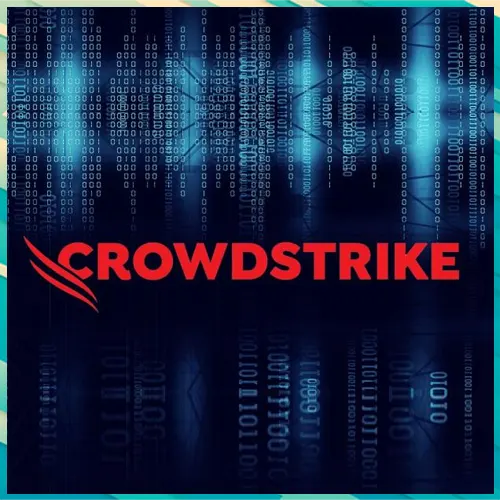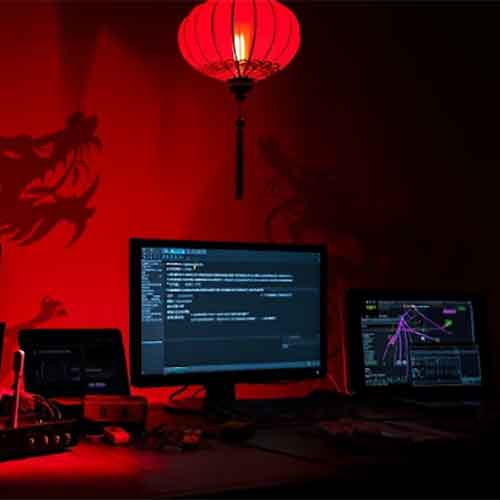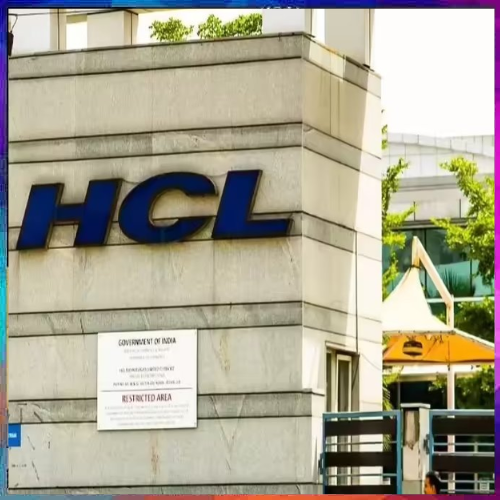
CrowdStrike gained attention after it was unable to resolve a flawed patch that caused a series of catastrophic system failures that crippled the operations of a wide range of clients, including banks, major international retailers, and health care organisations. The stock saw an 11% decline and ended at $304.96, losing over $9 billion in market value. The business is currently valued at over $74 billion.
The company’s growth has bucked the broader trend in cybersecurity, with the firm reporting blockbuster earnings in its most recent quarter. Chief Executive Officer George Kurtz used the opportunity to take potshots at its larger rival, saying in June that CrowdStrike’s technology “creates a wide competitive moat” in the cyber sector, where Microsoft has $20 billion in annual revenue. After a US Department of Homeland Security report faulted Microsoft’s security failings, Kurtz said CrowdStrike had received an “outpouring of requests.” “There’s a widespread crisis of confidence among security and IT teams within the Microsoft security customer base,” he said.
The type of software CrowdStrike supplies is separate and distinct from older, more limited types of security software. Traditional antivirus software was useful in the early days of computing and the internet for their ability to hunt for signs of known malware, but it has fallen out of favor as attacks have become more sophisticated. Now, products known as “endpoint detection and response” software that CrowdStrike develops do far more, continually scanning machines for any signs of suspicious activities and automating a response. But to do this, these programs have to be given access to inspect the very core of the computers’ operating systems for security defects. This access gives them the ability to disrupt the very systems they are trying to protect. And it is how Microsoft’s s gives them the ability to disrupt the very systems they are trying to protect. And it is how Microsoft’s Windows systems came into play in Friday’s outage.
To add to the confusion, an apparently separate incident involving Microsoft’s Azure cloud services also caused disruption on Friday. In a status update, Microsoft said it had fixed the underlying issue but that users would continue to experience “residual impact.” While cybersecurity professionals say CrowdStrike’s technology is a strong way to defend against ransomware, its cost - which in some cases can be more than $50 per machine — means that most organizations don’t install it on all of their computers. What that means, however, is that the computers that have the software installed on them are among the most important to protect, and if they go down, key services can fall with them.
Now that CrowdStrike’s fix is out, any Windows desktop or laptop machine with the CrowdStrike product affected by the initial flawed update will need to be updated. The company confirmed in a statement that every affected Windows machine will need to be manually rebooted.
See What’s Next in Tech With the Fast Forward Newsletter
Tweets From @varindiamag
Nothing to see here - yet
When they Tweet, their Tweets will show up here.





























